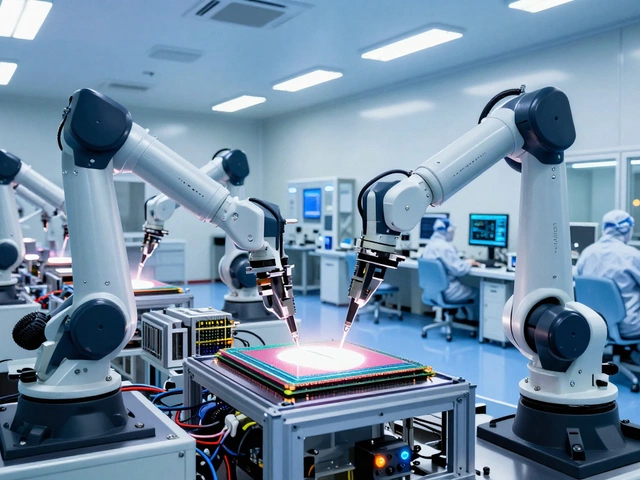Make in India Toyota – Why the Japanese Giant Matters for Indian Auto Growth
When you hear "Make in India" you probably think of big factories, new jobs, and cheaper cars. Toyota is right at the heart of that story. The company has poured billions into Indian soil, opened state‑of‑the‑art plants, and started training thousands of workers. If you’re curious about how this partnership works, keep scrolling.
Where Toyota's Indian Plants Are Located
Toyota’s first Indian plant kicked off in 2017 at Sant Pablo, Gujarat. It churns out the popular Innova Crysta and a few other models, all built with locally sourced parts. A second facility sits in Chakan, Maharashtra, mainly focused on hybrid technology and future‑ready vehicles. Both sites follow the Make in India rulebook: they prioritize domestic suppliers, create jobs for locals, and aim for export‑grade quality.
What Toyota Brings to the Table – Technology, Skills, and Jobs
Beyond the metal and paint, Toyota introduces lean manufacturing, robotics, and a culture of continuous improvement called “Kaizen.” Local engineers get hands‑on training, which spills over to smaller suppliers in the region. The result? Faster production cycles, lower waste, and a workforce that can handle advanced auto tech. As of 2024, Toyota’s Indian operations employ over 12,000 people directly and support another 30,000 through the supply chain.
For a country that wants to become a global auto hub, these numbers matter. They show how a foreign player can boost local capabilities while still making a profit. The plants also help the government hit its target of 30 % of vehicles being made in India by 2030.
Customers feel the impact too. Cars built in India often cost less because of lower logistics expenses and fewer import duties. That translates into a more affordable price tag for a family looking to buy its first sedan. And because Toyota follows strict quality checks, you get the reliability the brand is known for, without paying the full import premium.
If you’re a small parts maker, Toyota’s supply network is a gold mine. They source everything from wiring harnesses to engine components locally wherever possible. Getting on that list usually means meeting a few quality benchmarks and proving you can deliver on time – a challenge, but one that can open doors to other OEMs as well.
So, what does the future hold? Toyota has hinted at expanding its hybrid lineup and even dabbling in electric vehicle (EV) production in India. The government’s push for EV infrastructure aligns perfectly with Toyota’s global electrification roadmap. Expect new factories, more R&D centers, and perhaps a uniquely Indian Toyota EV model in the next few years.
Bottom line: Toyota’s deep dive into the Make in India program isn’t just about building cars—it’s about building an ecosystem. From high‑tech factories to skilled workers and affordable vehicles, the ripple effect reaches almost every corner of the Indian auto industry. Whether you’re a buyer, a supplier, or a policy‑maker, keeping an eye on Toyota’s moves will give you a good gauge of where India’s automotive future is headed.
Who Makes Toyota Engines in India? Inside Toyota Kirloskar Motor’s Engine Plant
Discover who produces Toyota engines in India, the role of Toyota Kirloskar Motor, its joint‑venture structure, engine types, and future outlook.
Read More




